Landing People on Mars, Searching for Life in the Universe: Topics at SCSU Forum
/Two of the most ambitious projects ever undertaken by the National Aeronautics and Space Administration (NASA) -- the human exploration of Mars and the search for Earth-like planets outside the solar system -- will be the subject of a forum on Monday, Nov. 16, at Southern Connecticut State University (SCSU).
The forum, which is free and open to the public, will be attended by hundreds of high school students, SCSU students and faculty, and members of the community. It is being held just two months after new findings from NASA's Mars Reconnaissance Orbiter (MRO) provided the strongest evidence yet that liquid water flows intermittently on present-day Mars.
NASA's Mars Reconnaissance Orbiter (MRO) provided the strongest evidence yet that liquid water flows intermittently on present-day Mars.
The program, “Missions Possible: A Manned Flight to Mars; Finding ‘New Earths’ in the Milky Way Galaxy,” is scheduled for 9:30 a.m. to 11:30 a.m. in the Lyman Center for the Performing Arts on Southern’s campus.
Steve Howell, project scientist for the Kepler Mission, will be the keynote speaker. Kepler has identified more than 1,000 planets that are in a “habitable zone,” – an area that is neither too close nor too far away from their suns to support life. Most recently, a planet dubbed “Earth’s older, larger cousin,” named Kepler-452(b), was found 1,400 light years away.
Jennifer Stern, a space scientist for NASA at the Goddard Space Flight Center in Greenbelt, Maryland, will speak about the plausibility of human exploration of Mars, as well as what the recent discovery of water on the planet suggests for the possibility of life existing on its surface. She is a member of the science team for the Mars Science Laboratory Rover Curiosity, which landed on Mars in August 2012.
“It took multiple spacecraft over several years to solve this mystery, and now we know there is liquid water on the surface of this cold, desert planet,” Michael Meyer, lead scientist for NASA’s Mars Exploration Program, said recently. “It seems that the more we study Mars, the more we learn how life could be supported and where there are resources to support life in the future.”
 NASA is developing the capabilities needed to send humans to an asteroid by 2025 and Mars in the 2030s – goals outlined in the bipartisan NASA Authorization Act of 2010 and in the U.S. National Space Policy, also issued in 2010. While a human landing is challenging, the development of a reliable return flight is a more difficult technologically hurdle. The colonization of the Red Planet is also being considered by some, but would require means to deal with the planet’s thin atmosphere, lack of oxygen and barren
NASA is developing the capabilities needed to send humans to an asteroid by 2025 and Mars in the 2030s – goals outlined in the bipartisan NASA Authorization Act of 2010 and in the U.S. National Space Policy, also issued in 2010. While a human landing is challenging, the development of a reliable return flight is a more difficult technologically hurdle. The colonization of the Red Planet is also being considered by some, but would require means to deal with the planet’s thin atmosphere, lack of oxygen and barren  cold weather.
cold weather.
 As part of the preliminary preparation for such a flight, the nation’s space agency is working with a military laboratory at the submarine base in Groton to measure how teams cope with stress during month-long simulations of space flight. The Navy research that piqued NASA's interest started about five years ago when the Groton-based Naval Submarine Medical Research Laboratory, at the request of the submarine force, began examining ways to make tactical teams work together better, the Associated Press reported earlier this year.
As part of the preliminary preparation for such a flight, the nation’s space agency is working with a military laboratory at the submarine base in Groton to measure how teams cope with stress during month-long simulations of space flight. The Navy research that piqued NASA's interest started about five years ago when the Groton-based Naval Submarine Medical Research Laboratory, at the request of the submarine force, began examining ways to make tactical teams work together better, the Associated Press reported earlier this year.
In addition to the featured speakers, a panel discussion will follow, to include:
- Elliott Horch, SCSU professor of physics and a noted astrophysicist, has developed a cutting-edge camera for the National Science Foundation that is used on telescopes to dramatically improve the clarity of cosmic images and has been used as part of the Kepler Mission.
- Jim Fullmer, SCSU associate professor of earth science; and a veteran astronomer whose expertise includes understanding the weather on celestial bodies, such as Mars.
- Tabetha Boyajian, post-doctoral fellow at Yale University and a member of the citizen astronomy organization, “Planet Hunters.” Boyajian is the lead author of a recent article published in a scientific journal about the lack of conclusive evidence that a natural cause was responsible for a dimming of light in front of a faraway star. It has led some – including many in the scientific community – to believe the dimming is caused by a superstructure orbiting around that star, perhaps created by an advanced alien civilization, though Boyajian said it is still only a longshot possibility.
A question-and-answer period will conclude the program.
https://www.youtube.com/watch?v=MDb3UZPoTpc


 Marking the launch of the new Share the Road campaign, this year's featured speaker is Colleen Kelly Alexander. Bike Walk Connecticut officials describe her remarkable story: After undergoing brain surgery in 2007 for a chiari malformation, Colleen overcame a lupus and cryoglobulinemia diagnosis in 2009, pushing forward to become a successful, competitive triathlete. In 2011, while on a routine bike ride, she was run over by a freight truck. Crushed, ripped apart and bleeding out, she flatlined twice, spent five weeks in a coma and has since endured over twenty surgeries. Defying diagnoses, dire predictions and death, Colleen stunned doctors by bucking the odds and coming back to run more than 50 races and complete 15 triathlons, including 4 half Ironman events since her trauma. Colleen and husband Sean Alexander were elected to the Bike Walk Connecticut board of directors in 2015.
Marking the launch of the new Share the Road campaign, this year's featured speaker is Colleen Kelly Alexander. Bike Walk Connecticut officials describe her remarkable story: After undergoing brain surgery in 2007 for a chiari malformation, Colleen overcame a lupus and cryoglobulinemia diagnosis in 2009, pushing forward to become a successful, competitive triathlete. In 2011, while on a routine bike ride, she was run over by a freight truck. Crushed, ripped apart and bleeding out, she flatlined twice, spent five weeks in a coma and has since endured over twenty surgeries. Defying diagnoses, dire predictions and death, Colleen stunned doctors by bucking the odds and coming back to run more than 50 races and complete 15 triathlons, including 4 half Ironman events since her trauma. Colleen and husband Sean Alexander were elected to the Bike Walk Connecticut board of directors in 2015. 
 lnerable User Law Mandates $1000 Fine. Connecticut requires a fine of up to $1000 on drivers who cause the death or serious injury of a pedestrian, cyclist or other vulnerable road user who used reasonable care.
lnerable User Law Mandates $1000 Fine. Connecticut requires a fine of up to $1000 on drivers who cause the death or serious injury of a pedestrian, cyclist or other vulnerable road user who used reasonable care. For Pedestrians:
For Pedestrians: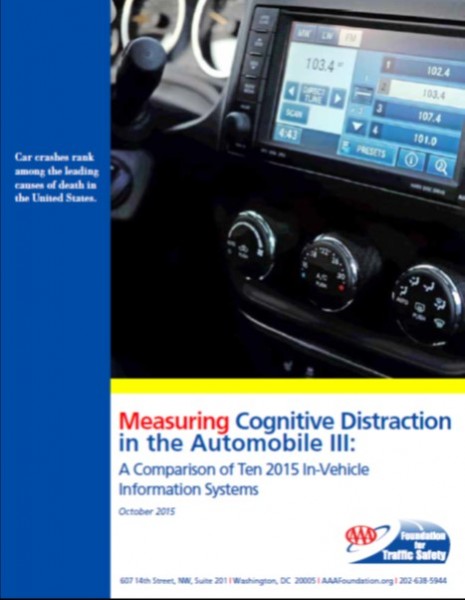

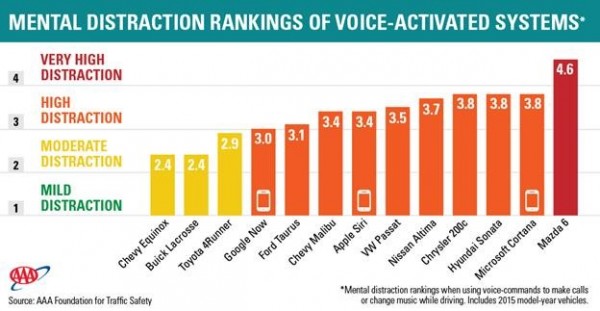
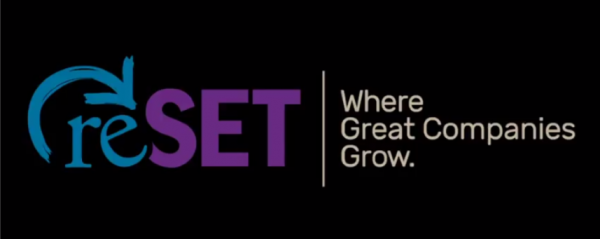
 sustainable lifestyle beverate brand for teens and tweens. The company's goal is to inspire young people to realize the power of consumer choices to effect social and environmental change.
sustainable lifestyle beverate brand for teens and tweens. The company's goal is to inspire young people to realize the power of consumer choices to effect social and environmental change.
 The five awards judges - Sherrell Dorsey of Uber and Triple Pundit, Adam Dotson of Ironwood Capital, Claire Leonardi, an advisor to reSET's Social Enterprise Investment Fund and former CEO of Connnecticut Innovations, Anthony Price of LootScout and Paul Witinski of Ironwood Capital - narrowed down more than 100 applicants to 12 honorees. The People’s Choice winner was selected via more than 1,800 online votes.
The five awards judges - Sherrell Dorsey of Uber and Triple Pundit, Adam Dotson of Ironwood Capital, Claire Leonardi, an advisor to reSET's Social Enterprise Investment Fund and former CEO of Connnecticut Innovations, Anthony Price of LootScout and Paul Witinski of Ironwood Capital - narrowed down more than 100 applicants to 12 honorees. The People’s Choice winner was selected via more than 1,800 online votes.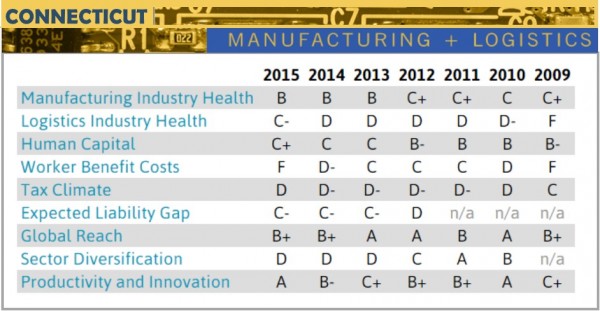

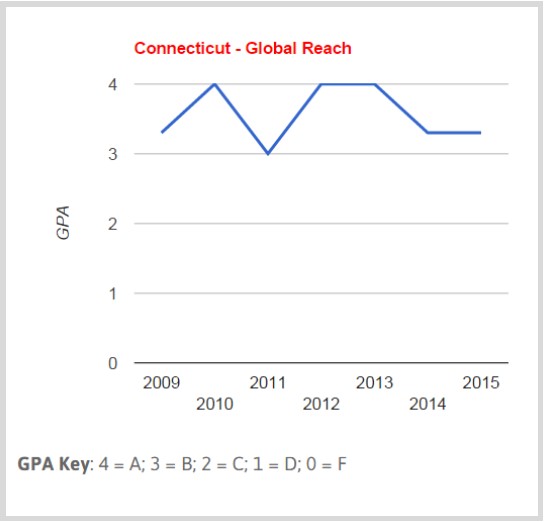


 Increasing College Retention for Minority Women in the Greater Hartford area. This new program will provide a stipend for USJ Latina students to complete an internship at either the Connecticut Department of Children and Families or the USJ Gengras Center. It will also provide inspiration to Bulkeley high school girls to hear from the USJ students about exploring careers and remaining in school.
Increasing College Retention for Minority Women in the Greater Hartford area. This new program will provide a stipend for USJ Latina students to complete an internship at either the Connecticut Department of Children and Families or the USJ Gengras Center. It will also provide inspiration to Bulkeley high school girls to hear from the USJ students about exploring careers and remaining in school.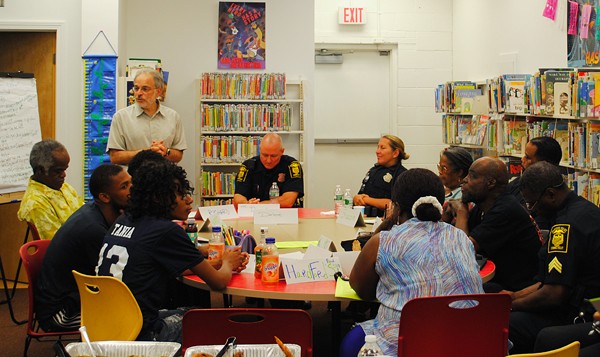
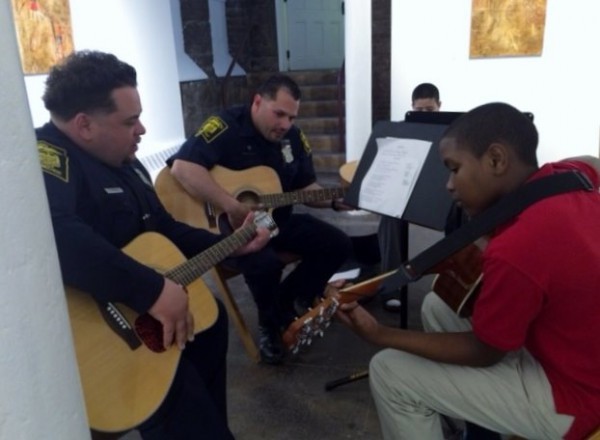
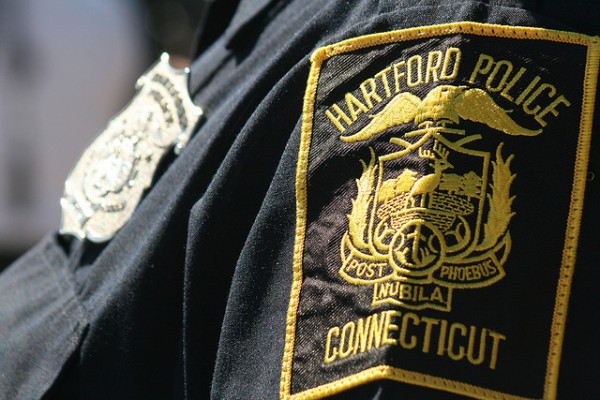 At the same time, another initiative in the city was taking root – one which soon reached the pages of
At the same time, another initiative in the city was taking root – one which soon reached the pages of  Last month
Last month Recognizing that families and caregivers are the first teachers— and homes and neighborhoods are the first learning environments – the EDI process strives to discern what works best. The EDI is an assessment that provides population-level data by neighborhood on school readiness, and has been used in over 40 communities in the United States and extensively internationally.
Recognizing that families and caregivers are the first teachers— and homes and neighborhoods are the first learning environments – the EDI process strives to discern what works best. The EDI is an assessment that provides population-level data by neighborhood on school readiness, and has been used in over 40 communities in the United States and extensively internationally. dren and families in their neighborhoods.”
dren and families in their neighborhoods.”
 on for Public Giving
on for Public Giving  The Lawrence W. O’Toole Award is given out each year to an individual, organization, school or district exhibiting great leadership through innovation or courage in moving student-centered approaches to learning forward in New England. The winner will receive a $100,000 grant from the Nellie Mae Education Foundation.
The Lawrence W. O’Toole Award is given out each year to an individual, organization, school or district exhibiting great leadership through innovation or courage in moving student-centered approaches to learning forward in New England. The winner will receive a $100,000 grant from the Nellie Mae Education Foundation.



 Officials cite studies that show many abused prescription drugs are obtained from family and friends, including from the home medicine cabinet. In addition, manyAmericans do not know how to properly dispose of their unused medicine, often flushing them down the toilet or throwing them away – both potential safety and health hazards.
Officials cite studies that show many abused prescription drugs are obtained from family and friends, including from the home medicine cabinet. In addition, manyAmericans do not know how to properly dispose of their unused medicine, often flushing them down the toilet or throwing them away – both potential safety and health hazards.



























